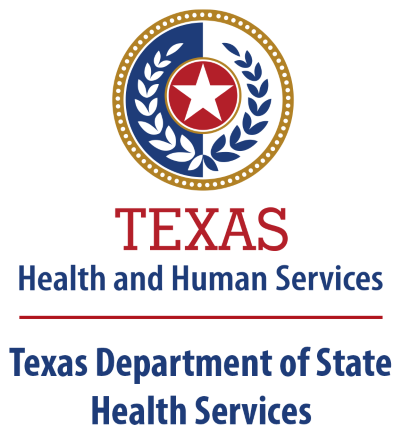Verifying your insurance coverage for rehabilitation is a crucial step that helps you understand your benefits, estimate costs, and avoid unexpected expenses during treatment. The verification process involves several steps and requires gathering specific information about your plan benefits, provider networks, and coverage requirements.
Initial Information Gathering
Start by locating your insurance card and policy documents, including your Summary of Benefits and Coverage (SBC) and Evidence of Coverage (EOC). These documents contain essential information about your plan including your member ID number, group number, contact information for member services, and basic benefit structure.
Review your insurance card for important details such as your insurance company name, plan type (HMO, PPO, EPO), member identification number, and customer service phone number. This information will be needed when contacting your insurance company or potential treatment providers.
Gather any previous treatment records or documentation that might be relevant to your coverage verification, including past mental health or addiction treatment, current medications, and any ongoing medical conditions that might affect your treatment needs or coverage.
Contacting Your Insurance Company
Call the member services number on your insurance card to speak with a representative about your mental health and substance abuse benefits. Have your insurance card and personal identification ready, as representatives will need to verify your identity before discussing your benefits.
Ask specific questions about your addiction treatment coverage, including what types of treatment are covered (inpatient, outpatient, detox), your deductible amounts and whether they’ve been met, copayment or coinsurance amounts for different services, and any annual or lifetime limits on mental health or substance abuse benefits.
Request information about pre-authorization requirements, in-network providers in your area, and the claims submission process. Ask the representative to email or mail you a summary of your benefits and any relevant coverage documents for your records.
Working with Treatment Facilities
Most reputable treatment facilities have insurance verification specialists who can help check your coverage and provide benefit estimates. Contact potential treatment providers and ask them to verify your insurance benefits and provide a written estimate of your expected costs.
Provide the treatment facility with complete information about your insurance coverage, including your insurance card information, any secondary insurance, and details about your treatment needs and preferences. This information helps them provide accurate benefit verification.
Ask the treatment facility about their experience with your insurance company, their success rates with authorization, and their policies for handling insurance claims and payment. Facilities with good relationships with insurance companies often have smoother authorization processes.
Understanding Your Benefits Explanation
Learn the difference between in-network and out-of-network benefits, as this significantly affects your out-of-pocket costs. In-network providers have contracted rates with your insurance company and typically result in lower costs for you.
Understand your deductible requirements and how much you’ve already paid toward your annual deductible. Deductibles must typically be met before insurance begins paying for services, though some preventive services may be covered before the deductible is met.
Review coinsurance and copayment requirements for different types of services. Coinsurance is a percentage of costs you pay after meeting your deductible, while copayments are fixed amounts you pay for specific services.
Documentation and Record Keeping
Keep detailed records of all communications with your insurance company, including dates, times, names of representatives, and reference or confirmation numbers. This documentation can be valuable if coverage issues arise or if you need to appeal insurance decisions.
Request written confirmation of your benefits and any pre-authorization approvals. Verbal confirmations can be helpful, but written documentation provides stronger protection if coverage disputes arise later.
Save all insurance-related documents in an organized file, including benefit explanations, pre-authorization letters, claims information, and correspondence with insurance companies or treatment providers. Good organization helps you track your benefits and resolve any issues quickly.
Review your benefits verification information carefully and ask questions about anything you don’t understand. Insurance benefits can be complex, and it’s better to clarify coverage details before beginning treatment than to encounter unexpected costs later.
If you discover that your current insurance doesn’t provide adequate coverage for needed treatment, explore options for changing plans during open enrollment periods or qualifying life events that allow plan changes outside of standard enrollment periods.
If you want to learn will my insurance cover aftercare or follow up treatment after rehab read this.


